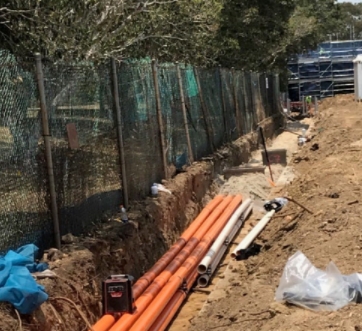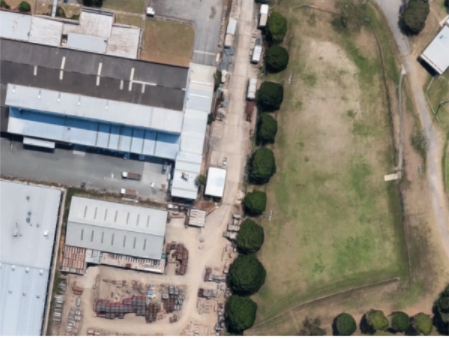Realistic solutions for controlling depot security risks
We’re all familiar with fire training, drills and safety measures – just in case the unthinkable happens.
At a time when hostile acts are more likely than ever, it also pays for business to be aware of their risk profile for unwelcome intrusions and to be prepared.
Recognising the importance of office layouts to personal safety and protection, a utilities provider in Brisbane engaged Matryx Consulting to analyse security risks at a depot under construction and to provide advice on how they could be best managed.
The work on this review is a perfect example of how a detailed review is an invaluable tool for all businesses interested in the welfare of staff and minimising equipment losses as well offering peace of mind.
The challenge:
A broad review spanned the construction and general layout, location and the immediate neighbourhood, recent incidents and the possible exposure levels to future incidents including assaults and anti-social behaviour.
Depots of council and utility providers are regularly targets of trespassers and thieves. This is because of the type of equipment and materials that is routinely held in the depot yards and warehouses.
While the property appeared to be well positioned to manage the risks once operational, we were able to suggest improvements to the design of its CCTV coverage as well as the ability to segregate different sections of the building to prevent general public access.
The major immediate risk facing the property related to adjoining sports ovals. The ovals were open to public access and featured a bordering line of trees. With the thick vegetation offering concealment and a toehold, attempts at intrusion could be expected.
What we did
In order to gain a complete risk profile, we conducted a thorough analysis, drilling down to key criteria including:
- Local environment – including crime rates, neighbouring properties and high risk or high
- profile businesses in the immediate area
- Documented work practices – such as site specific Standard Operating Procedures, Security
- Management Plans and Emergency Management Procedures
- Visitor and contractor management, including processes to track and record visitor and contractor attendances to the premises
- The effectiveness of electronic security systems
- Procedures covering receiving goods and dispatch
- Electronic security systems, such as CCTV
- The role and responsibilities of security personnel
- Critical infrastructure, such as plant and equipment, backup power supply including generators.


The recommendations:
One of the key recommendations – which formed the foundations of this review – was to maximise natural surveillance at the property, in accordance with Crime Prevention Through Environmental Design (CPTED) principles.
The ability to “see and be seen” is critical in the mitigation of security risks, encompassing staff moving between internal and external areas as well as moving to and from their cars.
While we found the premises generally well laid out and illuminated, natural surveillance was restricted on one side of the property bordering the sports fields due to mature vegetation and trees, with any risk of intrusions magnified after hours.
Among specific recommendations were the use of palisade fencing with integrated intrusion detection as well as collaboration with the operators of the park to enable trimming the tree canopy to start at 2.5 metres above ground level.
The review also focussed on strategies for dealing with an “armed offender”, which is part of best practice security.
This is because since 2014 Australia has been the victim of a number of “Active Armed Offender” attacks, with many others prevented by authorities.
Included in the strategy is a “dynamic lockdown method”. The primary aim of a lockdown is to maximise the distance between the building’s tenants and occupants and the armed offender by locking doors and other barriers to restrict further movement between areas of the property.
The lockdown also delays or limits the attacker’s access through the site until police response arrives and resolves the incident.
We were able to provide comprehensive guidance relating to building entrances, lift control, keys and key management, motion detection systems, car parking, fencing, and staff training. In addition we recommended the creation of a formal incident register, vital to proving the effectiveness of all security treatments.
The review also provided a detailed risk matrix related to likelihood of various security situations.
Ultimately the aim was to determine measures to control risk which are realistic, financially viable and practical.
To evaluate the security measures at your property, get in touch to book in a Security Risk Assessment.
